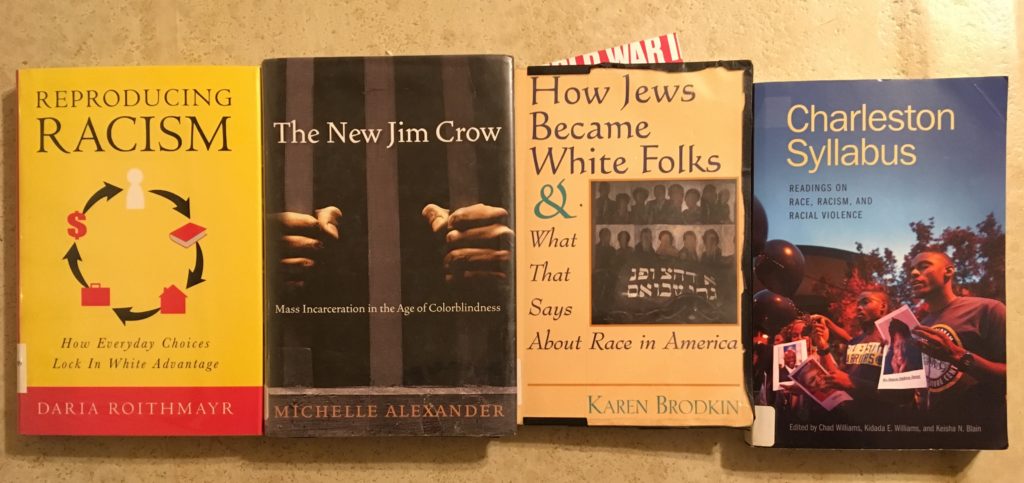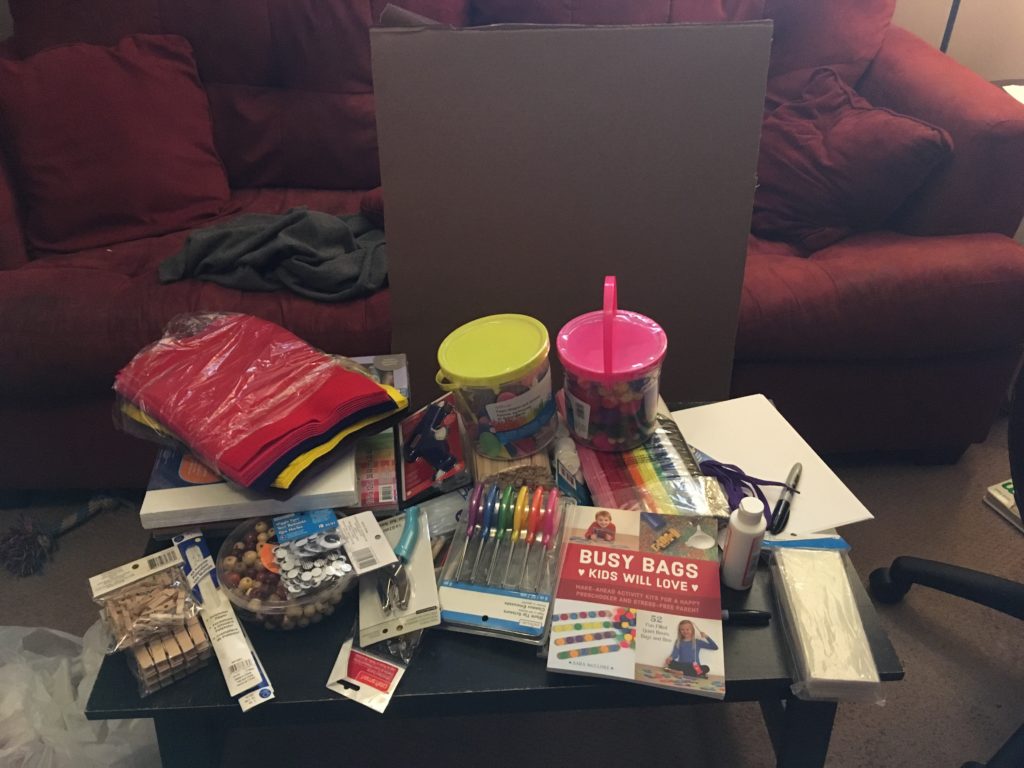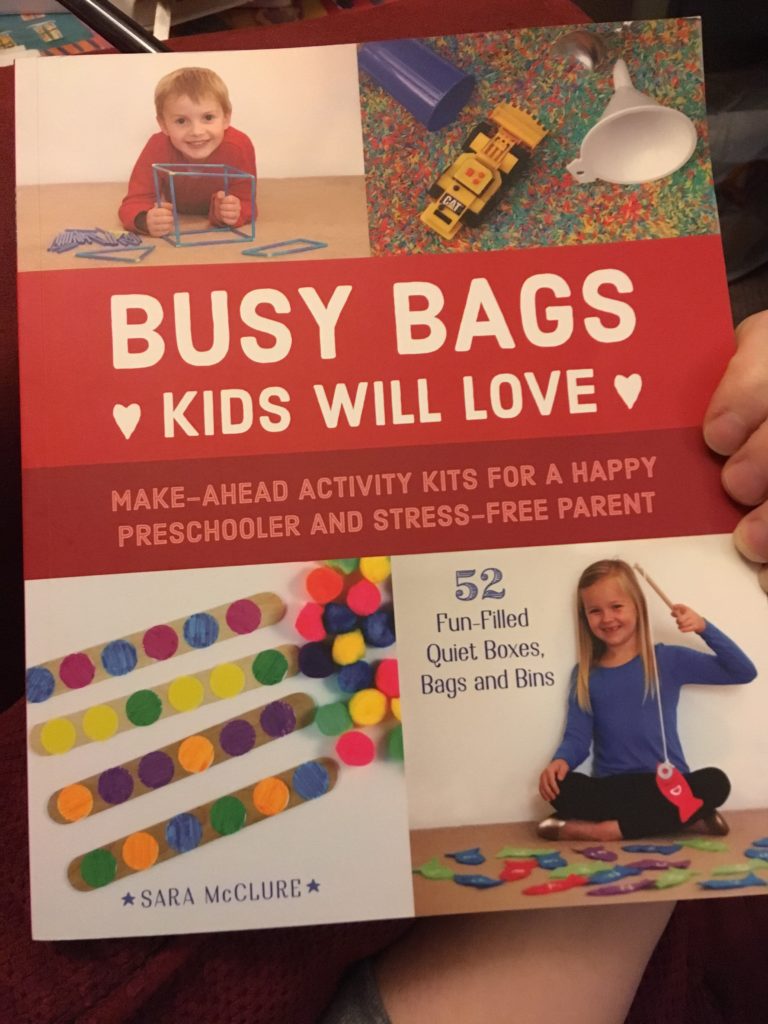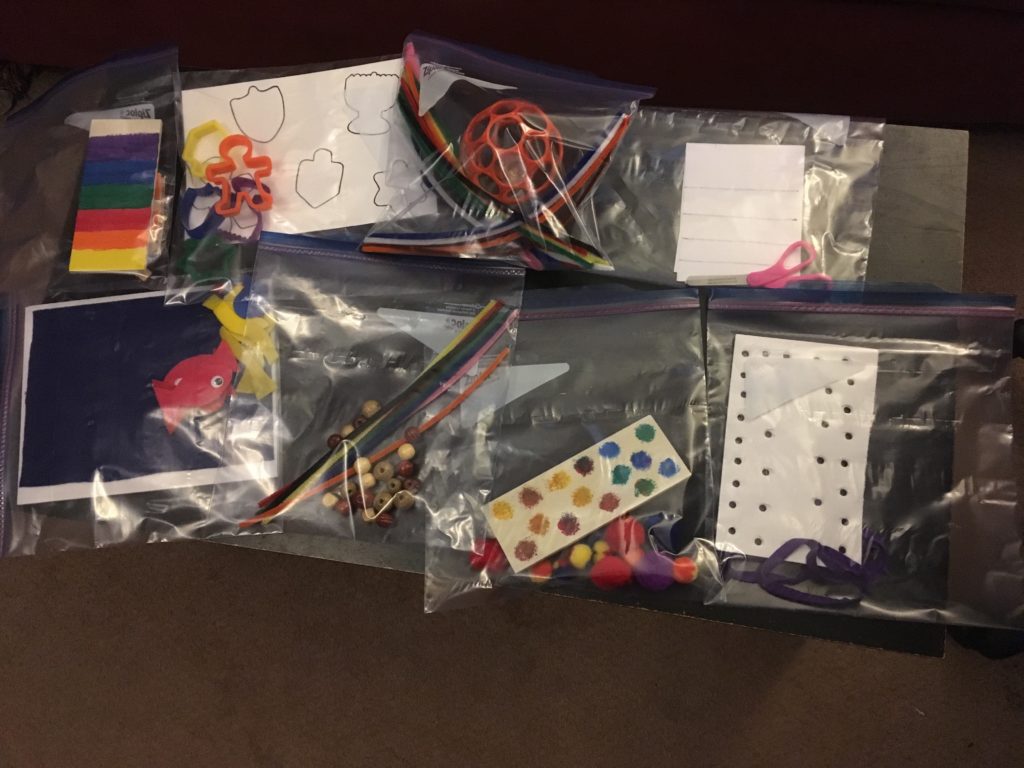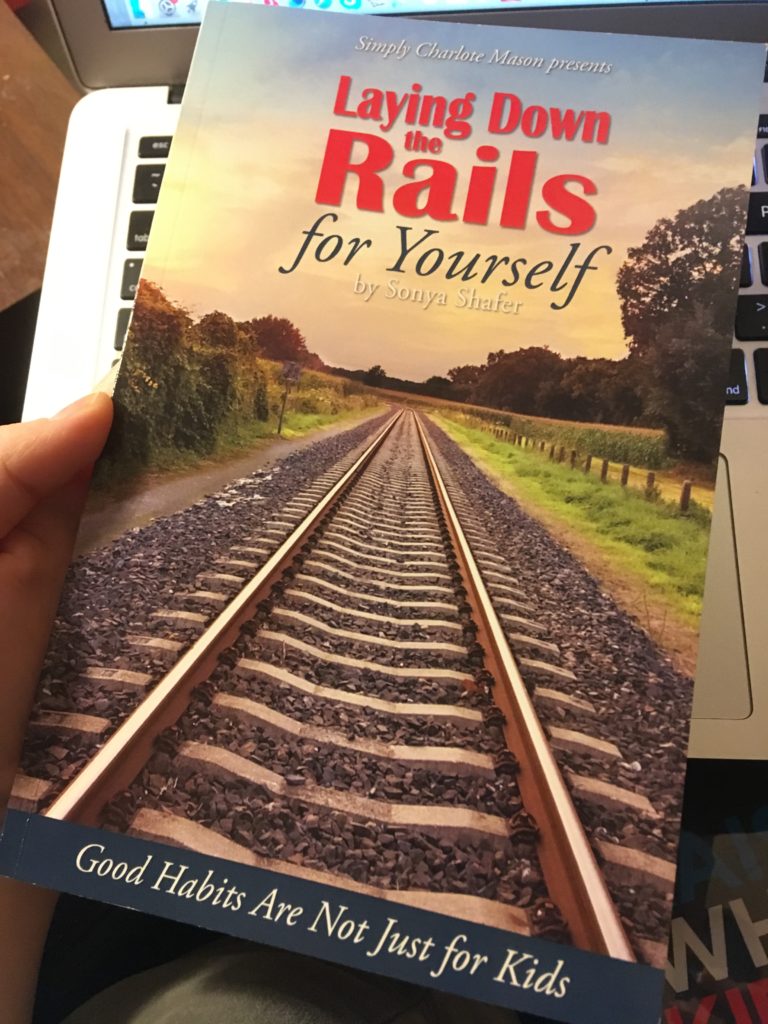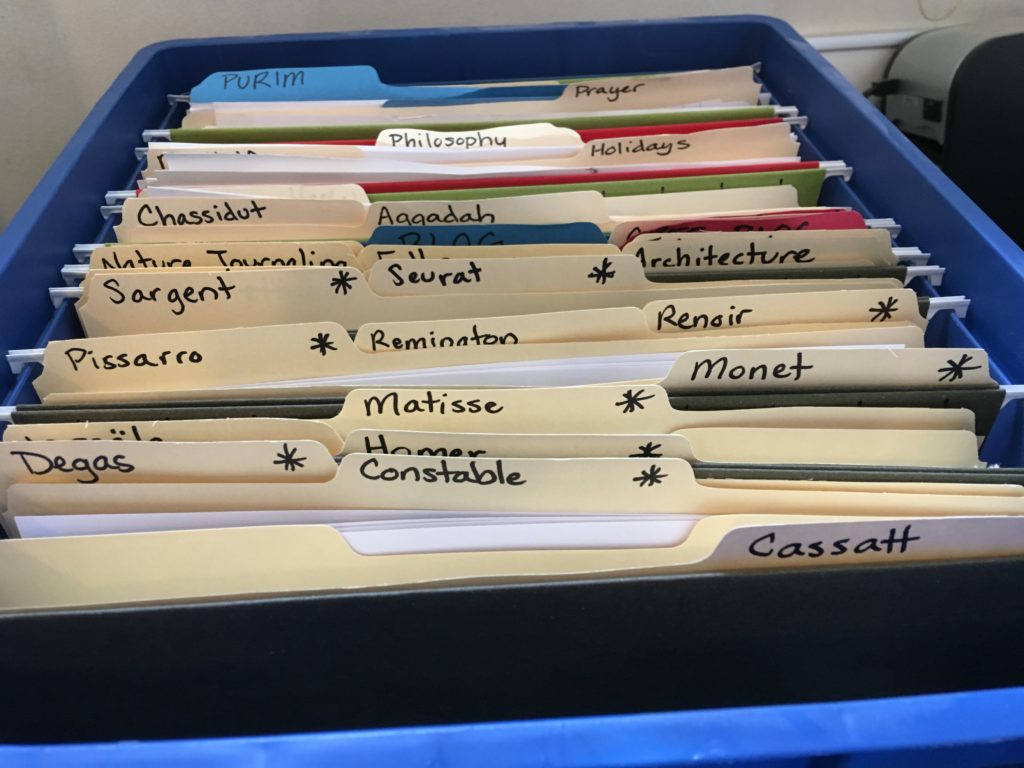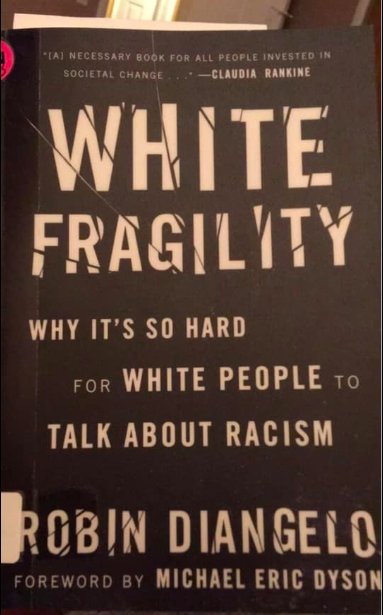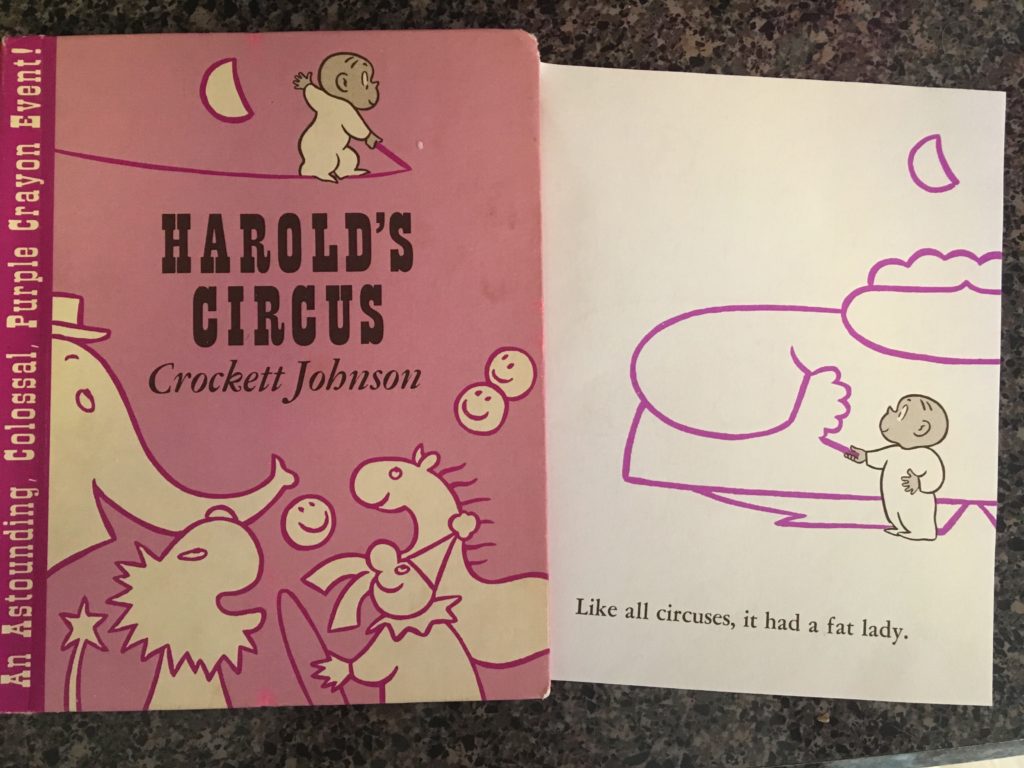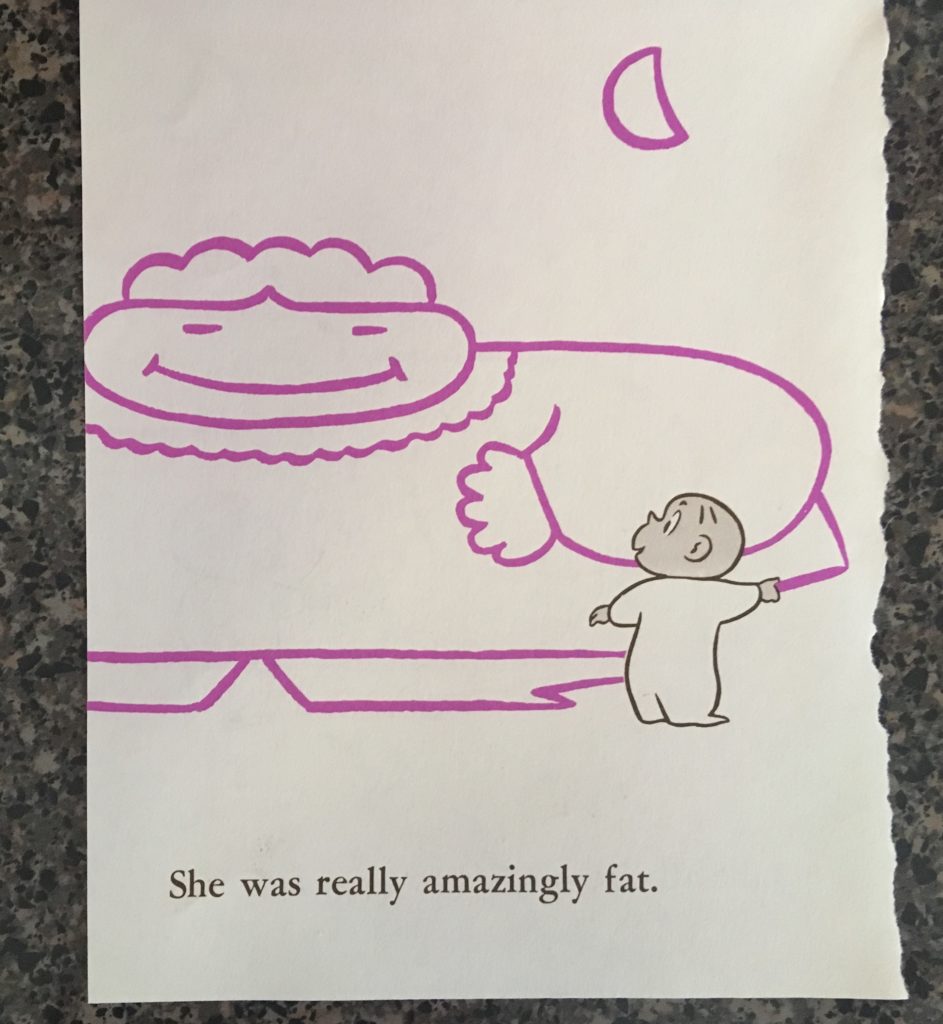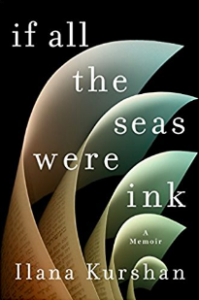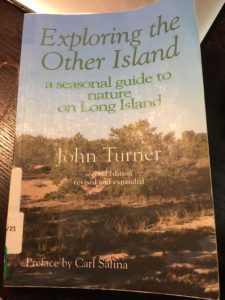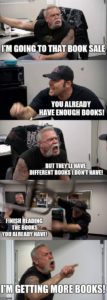I’ll cut right to the chase: I love On Mother’s Lap. Highly recommend.
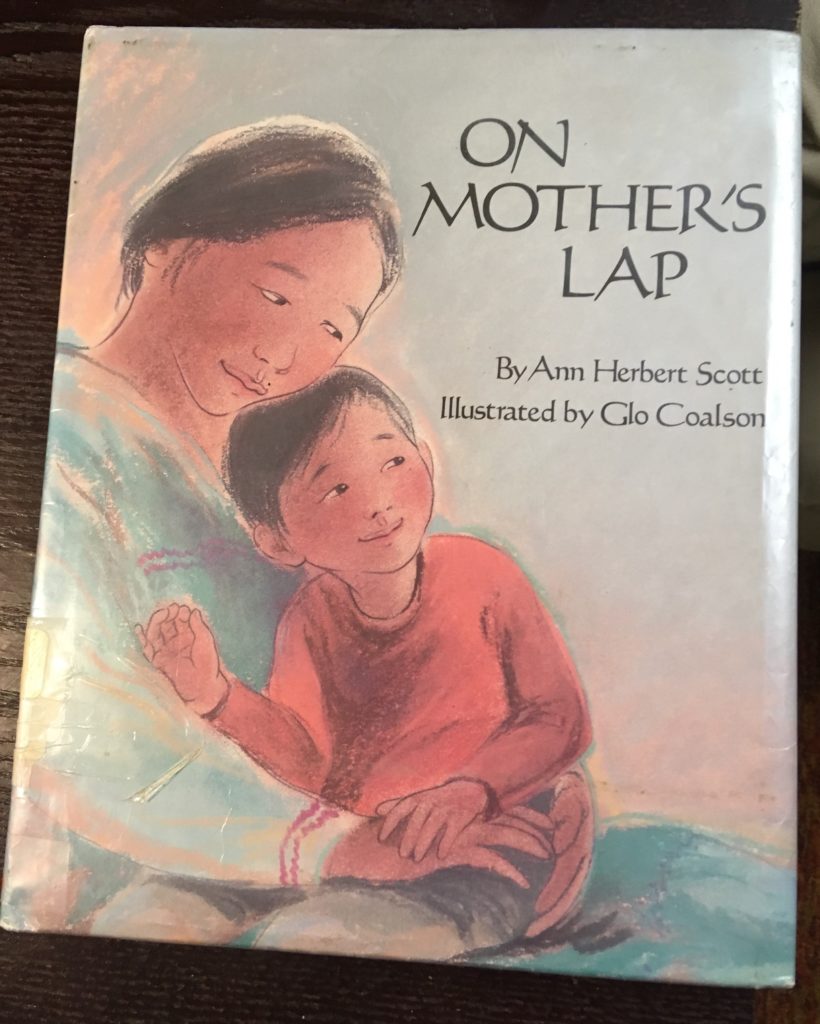
It’s a sweet and simple story about a preschooler named Michael who wants to rock in his mother’s lap with all his toys but doesn’t want to share it with his baby sister. Bonus points for being drawn from everyday Inuit life without fetishizing it, with the drawings informed by the illustrator’s experience living in an Inuit village for a short time. (Eskimo is written in the book jacket but is often considered a derogatory term today.)
The moral: “You know, it’s a funny thing, but there’s always room on Mother’s lap.”

If you have more than one child, you need On Mother’s Lap in your life.
